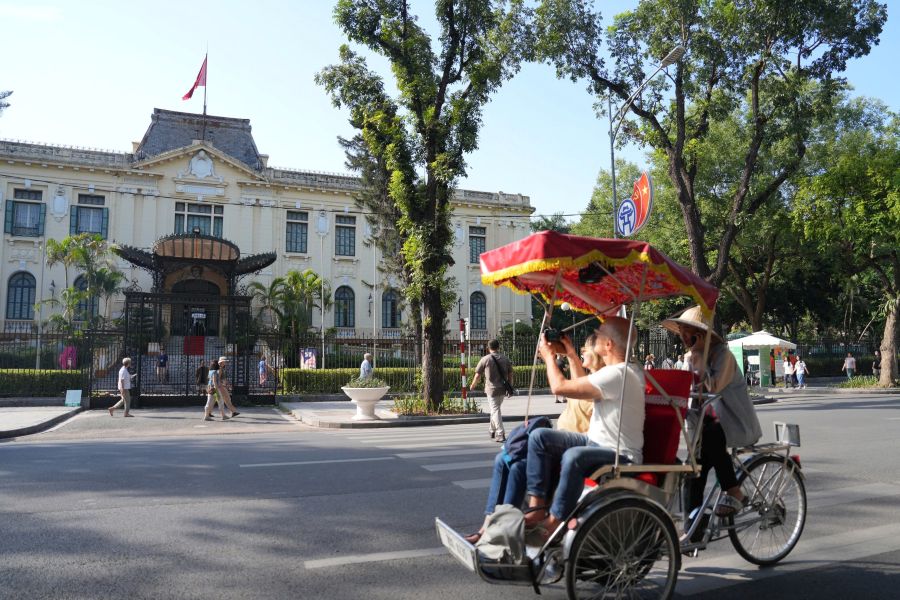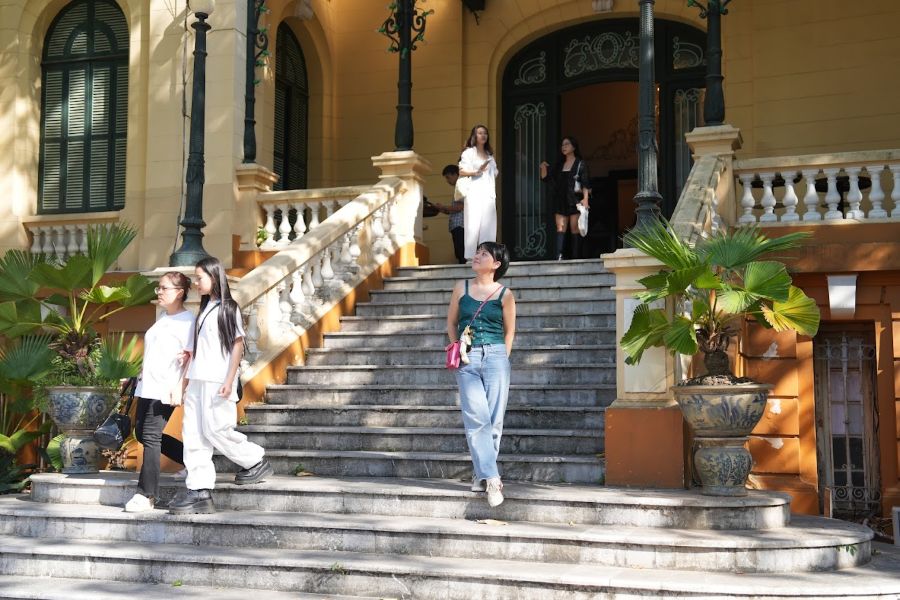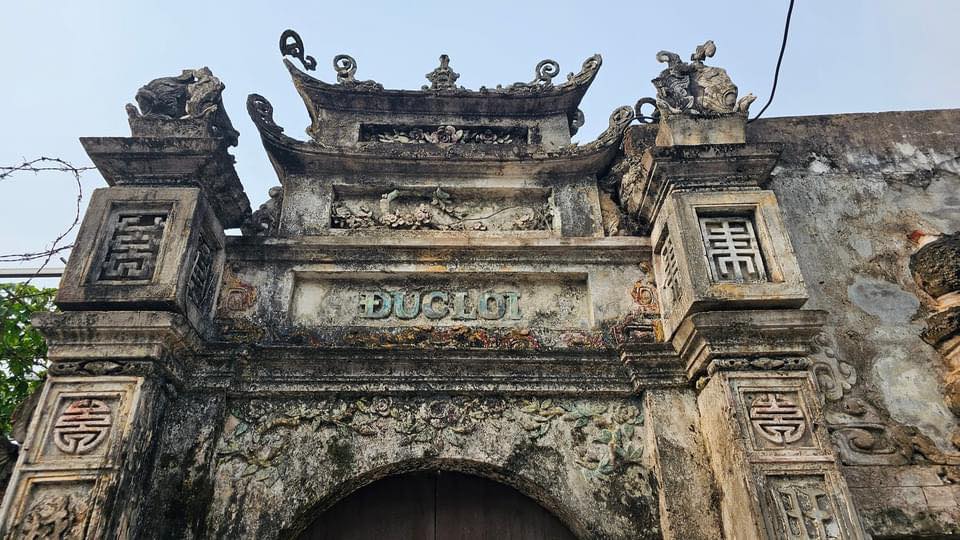The Tonkin Palace, now serving as the Government Guest House at No.12 Ngo Quyen Street in Hoan Kiem District, Hanoi, was constructed between 1918 and 1919 in a striking neoclassical style.

Designed by French architect Auguste Henri Vildieu, the building initially served as the residence of the French Superior Resident of Tonkin.

This historic site holds great significance in Vietnam’s revolutionary history. In 1945, its capture by the Viet Minh symbolized the success of the August Revolution in Hanoi.

Surrounded by iconic landmarks such as the Superior Resident’s Office (now the Ministry of Labor, War Invalids and Social Affairs), the Metropole Hotel, and the Dien Hong flower garden, the Tonkin Palace is part of a treasured architectural ensemble that embodies Hanoi’s rich heritage.

For the first time, during the Hanoi Festival of Creative Design 2024, the palace has opened its doors to the public, offering a rare opportunity to explore its historical and architectural splendor.

Originally, the palace was not only the residence of the Superior Resident but also served as the headquarters for the Imperial Envoy to Tonkin.

The building’s design reflects the elegance of French colonial architecture, featuring spacious rooms and intricate details.

Upon entering, visitors find themselves in a reception room on the right, historically used for hosting significant diplomatic meetings. On the left is a grand dining room where formal discussions transitioned into social gatherings.

The palace’s Art Nouveau-style staircase, with its graceful curves and artistic flourishes, is among the many architectural highlights that captivate visitors.

In addition to the historical architecture, the current exhibition features “Flow”, a captivating installation by sculptor Pham Thai Binh and architect Truong Ngoc Lan. This artwork symbolizes the enduring and dynamic flow of Hanoi’s history, blending seamlessly with the palace’s timeless charm.

With its main entrance on Ngo Quyen Street and a secondary one on Le Thach Street, the Tonkin Palace is drawing crowds of locals and tourists eager to admire its beauty and learn about its storied past. Its opening marks a significant cultural moment, connecting the present generation with Hanoi’s rich historical and architectural legacy.





